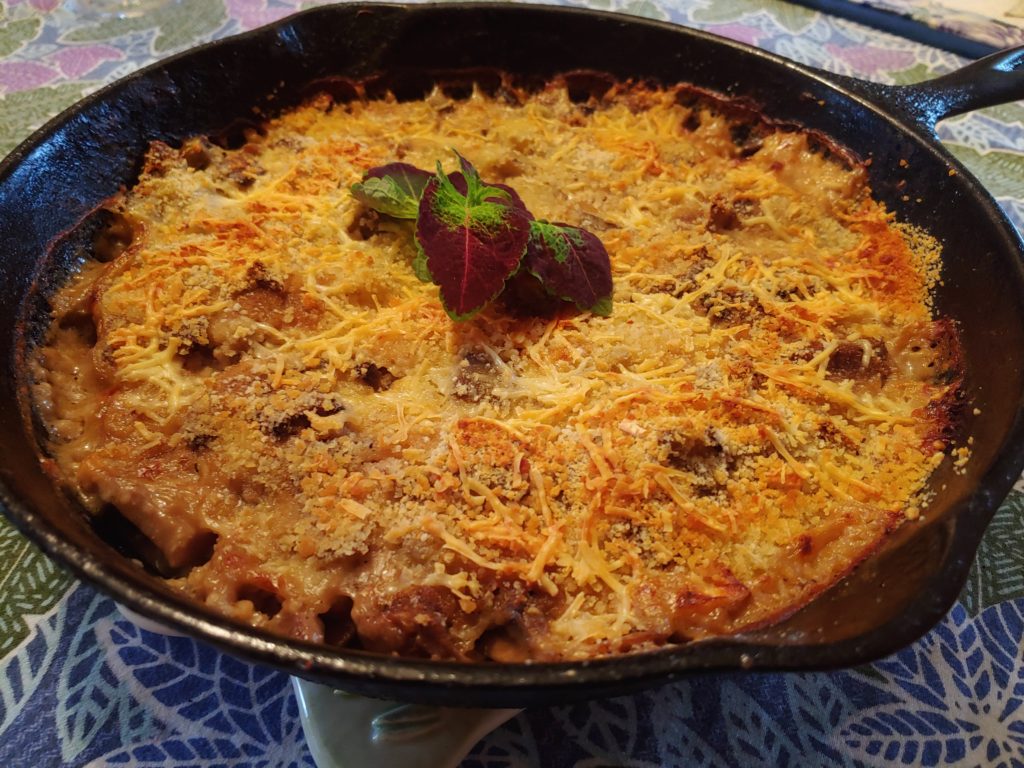In Memoriam:
Vincent Van Zandt
No post on recipes or drink. This is more personal, and more timely.
Vincent Van Zandt was my student. I called him one of My Tigers (the other being Reggie Zephyrin). Vinnie and I went back a long time. I remember when he first entered the Tuesday/Thursday class at Alan Lee’s Chinese Kung-Fu Wu-Su Association. What struck me about Vinnie was how knowledgeable he was about Kung Fu and the martial arts in general. This was someone who had thoroughly researched the topic before he committed to the training. I found this both satisfying and endearing.
When Vinnie joined the school (which we refer to as The Temple), back in the 90s, it was a different scene back then. We were just transitioning to a new outlook and new way of thinking. When I first joined the Temple in 1973, it was a whole different school. As fellow Masters Robert Thomas and Paul Johnson will affirm, it was another universe. Honestly, it was mainly comprised of kids from the ghetto, be it New York or Newark, where we had our Jersey school. We just wanted to learn how to fight, and termed it self-defense. It was a tough bunch. At that time we were not interested in learning the Health/Life aspects of the system; such things as meditation, concentration, breathing exercises for longevity training. We had some exercises, like 8 Silk Weaving, an exercise meant to strengthen the internal organs, but that was about it. Grandmaster Lee did not, as he does now, give extensive Chi-Kung/Qi Gong lessons. Those came later.
Vinnie and his fellows were the vanguard of the new group geared toward a more holistic system. And in this Vinnie excelled. Not only was he a good fighter on the floor who, being a little guy, could still hold his own against anyone. More than that, he was a thinking man’s fighter. Those come only once in a generation. That’s why immediately I focused on him and Reggie, from the same group. Reggie was, and is, the lethal artist. He can be a tiger, or a crane. His movements are fluid and flowing, but when he strikes home you feel it if you are on the receiving end. Vinnie was the one who sought out the weak spots, who compensated brute force for definite pin-point accuracy. And his mind soaked up martial knowledge like a sponge. He would come across some technique in a book, or journal, or some arcane missive or even an old Kung-Fu movie and he would incorporate it into his training, meshing it with our own system.
When Master Lee gave his lectures on the Sunday of each month, you couldn’t miss it when Vinnie would pepper the Grandmaster with some question or theory as to the art. And the Grandmaster would respond diligently, carefully, while we all listened. Later I would ask Vinnie, “Where did you get that?” And he would reply, almost nonchalantly, “Oh, I just came across this old book, and it reminded me of something Mr. Lee had said.” And he was so unassuming in his response. And I would go back and start researching the stuff myself.
That’s what I will miss about Vinnie. That inquisitive mind.
I must also mention that Vinnie was a loner. We knew he worked as a case worker, and he would check out other martial arts venues be it Karate, Kung-Fu or other, but he was not the rah-rah well-met hail fellow type. He could keep his distance. We knew he had a brother and sister. The brother came to our demonstrations a couple of times. I do recall he also came with Vinnie to one of our Temple dinners. I remember him as a true gentlemen, well-informed and polite. We never saw his sister at the Temple, thus I cannot comment on her perspective. But we know she was the one who found Vinnie at his place when he had passed on.
And this is another thing about Vinnie. His humanity. As has been told to us, Vinnie took his job seriously, and to heart. He kept seeing his clients, even at the height of this pandemic, regarding them before himself. He became ill during this time. Whether it was from Covid-19 or something else, we cannot be sure. We do not know. But we know that his supervisor told him go home and rest. Which he did. Yet it was like Vinnie to consider others before himself. That was the type of man that he was.
We at the school are grieving. Vinnie is the first death the Temple has had at this time. And from Master Lee on down, we feel it acutely. One death is too many. But when we lose someone of Vinnie’s caliber, it hurts, and it hurts a lot.
To Vinnie’s family we send our deepest condolences. For ourselves, we mourn.
I can only say, Goodbye, my brother, one of my tigers. We shall meet again in the hereafter, and we shall compare notes and techniques again, and laugh when it works, and laugh when it doesn’t.
Till then, you’ll be forever in our thoughts. And you will be with us till the end of time.
Oswald Rivera




















